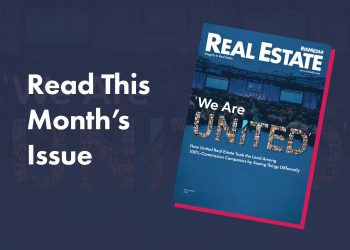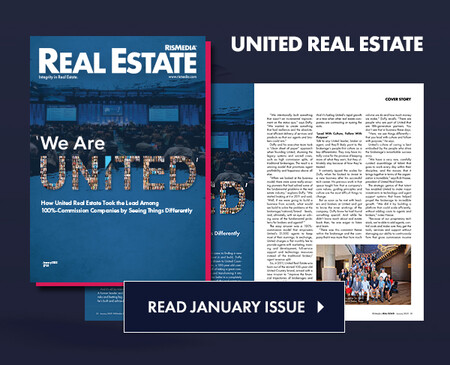The Mortgage Bankers Association’s (MBA) new monthly Loan Monitoring Survey release this week revealed that the total number of loans now in forbearance decreased by 26 basis points from 1.67% of servicers’ portfolio volume in the prior month to 1.41% as of December 31, 2021. According to MBA’s estimate, 705,000 homeowners are in forbearance plans.
The share of Fannie Mae and Freddie Mac loans in forbearance decreased 8 basis points to 0.68%. Ginnie Mae loans in forbearance decreased 47 basis points to 1.63%, and the forbearance share for portfolio loans and private-label securities (PLS) declined 51 basis points to 3.43%.
Key findings:
- Total loans in forbearance decreased by 26 basis points in December 2021 relative to November 2021: from 1.67% to 1.41%.
- By investor type, the share of Ginnie Mae loans in forbearance decreased relative to the prior month: from 2.10% to 1.63%.
- The share of Fannie Mae and Freddie Mac loans in forbearance decreased relative to the prior month: from 0.76% to 0.68%.
- The share of other loans (e.g., portfolio and PLS loans) in forbearance decreased relative to the prior month: from 3.94% to 3.43%.
- Total loans serviced that were current (not delinquent or in foreclosure) as a percent of servicing portfolio volume (#) rose to 94.85% in December 2021 from 94.58% in November 2021 (on a non-seasonally adjusted basis).
- The five states with the highest share of loans that were current as a percent of servicing portfolio: Idaho, Washington, Colorado, Utah, and Oregon.
- The five states with the lowest share of loans that were current as a percent of servicing portfolio: Louisiana, Mississippi, New York, Illinois, and Indiana.
- Total completed loan workouts from 2020 and onward (repayment plans, loan deferrals/partial claims, loan modifications) that were current as a percent of total completed workouts declined to 83.50% last month from 3.69% in November.
The takeaway:
“The share of loans in forbearance continued to decline in December 2021. This was especially the case for government and private-label and portfolio loans, as those loans have higher levels of forbearance than loans backed by Fannie Mae and Freddie Mac,” said Marina Walsh, CMB, MBA’s Vice President of Industry Analysis. “With the number of borrowers in forbearance continuing to decrease below 750,000, the pace of monthly forbearance exits reached its lowest level since MBA started tracking exits in June 2020.”
Added Walsh, “It is likely that the remaining borrowers in forbearance have experienced either a permanent hardship that may require more complex loan workout solutions, or they have encountered a recent hardship for which they are now seeking relief.”
To see the full report, go to www.mba.org/loanmonitoring. For additional information, visit MBA’s website: www.mba.org.












